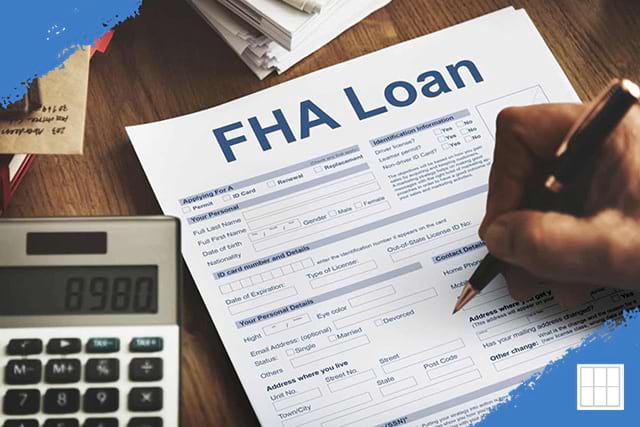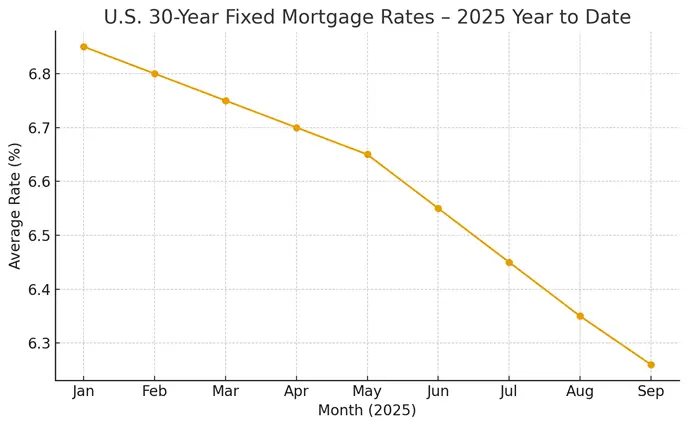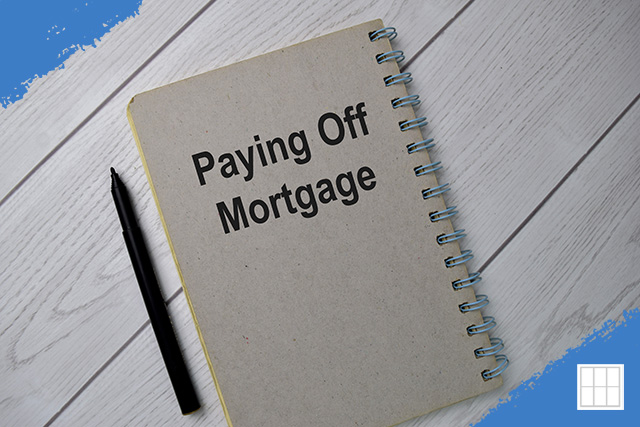If you're a homeowner in Kansas City wondering, "Can mortgage interest be deducted from taxes?"…

What is an FHA Mortgage Insurance Premium?
Exploring homeownership, especially as a first-time buyer? You’ve likely encountered the term FHA Mortgage Insurance Premium (MIP). This post explains MIP, its function, and its role in your homebuying journey.
Understanding FHA Loans
An FHA loan, backed by the Federal Housing Administration (FHA), part of the U.S. Department of Housing and Urban Development (HUD), helps make homeownership accessible. These loans suit buyers with lower credit scores or smaller down payments. They require only 3.5% down and have lenient credit standards compared to conventional loans.
FHA loans carry a cost: the Mortgage Insurance Premium (MIP). This fee protects lenders if borrowers default, enabling lenders to offer these loans with less risk.
What is the FHA Mortgage Insurance Premium (MIP)?
The FHA Mortgage Insurance Premium (MIP) is a fee borrowers pay to secure lender protection. Every FHA loan requires it, and it has two parts:
-
Upfront MIP (UFMIP): You pay this one-time fee at closing, typically 1.75% of the loan amount. For a $200,000 loan, that’s $3,500. Most borrowers add it to their loan balance, though you can pay it in cash.
-
Annual MIP: You pay this monthly as part of your mortgage payment. The rate depends on loan amount, term, and loan-to-value (LTV) ratio, ranging from 0.45% to 1.05%. For a $200,000 loan at 0.85%, you’d pay about $141.67 monthly.
How Long Do You Pay MIP?
MIP duration varies by loan terms:
-
Down payment of 10% or more: You pay annual MIP for 11 years.
-
Down payment less than 10%: You pay annual MIP for the loan’s entire life, unless you refinance into a non-FHA loan.
The upfront MIP is a one-time fee and doesn’t repeat.
Why Does MIP Exist?
MIP enables the FHA loan program. It insures lenders against losses, so they can approve loans for borrowers who might not qualify for conventional mortgages. This helps people with modest incomes or lower credit scores buy homes. MIP is the cost of FHA loan accessibility.
How Does MIP Affect Your Costs?
MIP increases your FHA loan costs, so budget for it. Here’s an example:
-
Loan Amount: $200,000
-
Upfront MIP (1.75%): $3,500 (added to the loan)
-
Annual MIP (0.85%): $1,700 yearly, or about $141.67 monthly
-
Total Loan with UFMIP: $203,500
Your monthly mortgage payment will cover principal, interest, property taxes, homeowners insurance, and the annual MIP. Although MIP adds to your expenses, it’s a valuable trade-off, enabling you to purchase a home with a down payment as low as 3.5%. Explore our FHA mortgage calculator to estimate your personalized costs and see how MIP fits into your budget.
Can You Avoid or Remove MIP?
FHA MIP is less flexible than private mortgage insurance (PMI) on conventional loans, which you can cancel at 20% equity. For most FHA borrowers with less than 10% down, annual MIP lasts the loan’s life. Here are ways to avoid or eliminate it:
-
Refinance to a Conventional Loan: With 20% or more equity, refinance to a conventional loan to drop MIP or PMI.
-
Pay a Larger Down Payment: A 10% or higher down payment limits annual MIP to 11 years.
-
Choose Another Loan Type: If you qualify for a VA or USDA loan, you might skip MIP entirely.
Is an FHA Loan with MIP Right for You?
FHA loans, including MIP, suit many homebuyers, especially those struggling to qualify for conventional loans. Weigh the benefits of a low down payment and flexible eligibility against MIP costs. Consult a trusted lender to compare FHA loans with other options. Understanding MIP helps you choose wisely on your path to homeownership.



